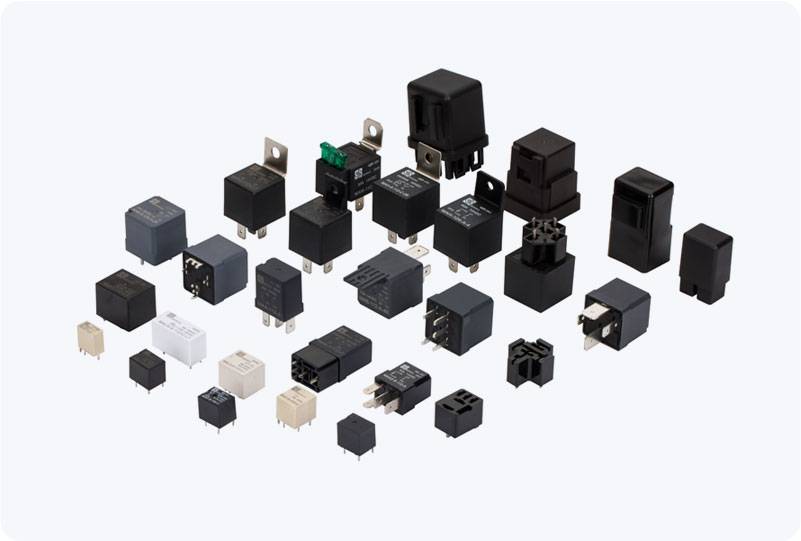In the world of electrical control systems, the Solid State Relay (SSR) has emerged as a groundbreaking solution that offers several advantages over traditional mechanical relays. By utilizing semiconductor technology instead of mechanical components, SSRs have transformed the way electrical circuits are controlled. This article aims to provide an in-depth understanding of what Solid State Relays are, how they work, and why they are becoming an essential component in various industrial and commercial applications.

What is a Solid State Relay? A Solid State Relay (SSR) is an electronic switching device that controls the flow of electricity through a circuit by using semiconductor components such as diodes, thyristors, or triacs, instead of mechanical moving parts. Unlike conventional electromechanical relays that use contacts to open or close a circuit, an SSR operates silently and without physical movement, making it highly reliable and durable. How Does a Solid State Relay Work? The operation of an SSR is relatively simple yet efficient. It has two main parts: the input and the output. The input side is triggered by a low-voltage control signal, which could come from a microcontroller, PLC (Programmable Logic Controller), or any other control system. Upon receiving the control signal, the SSR activates its internal semiconductor components that, in turn, control the high-power circuit connected to the output.